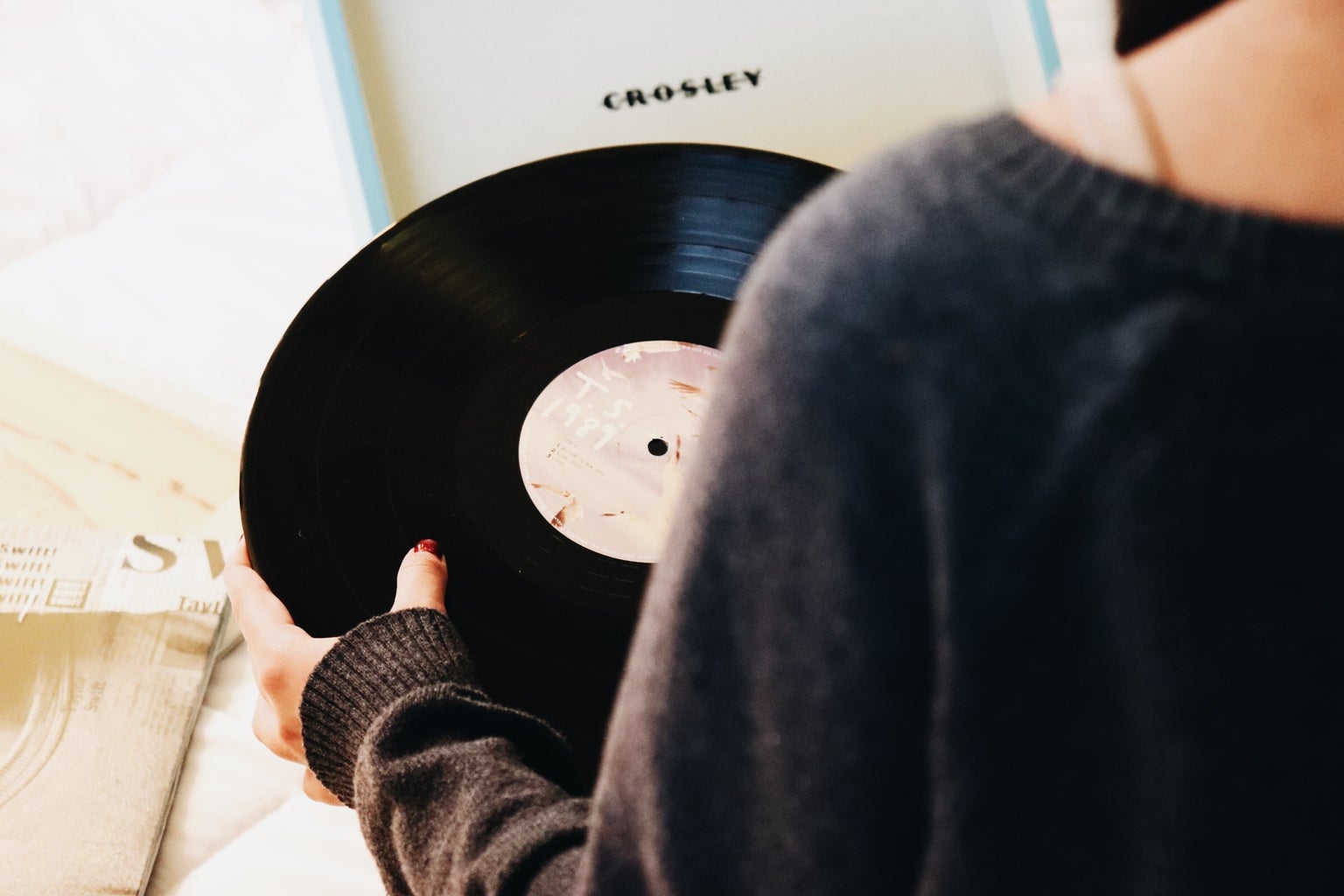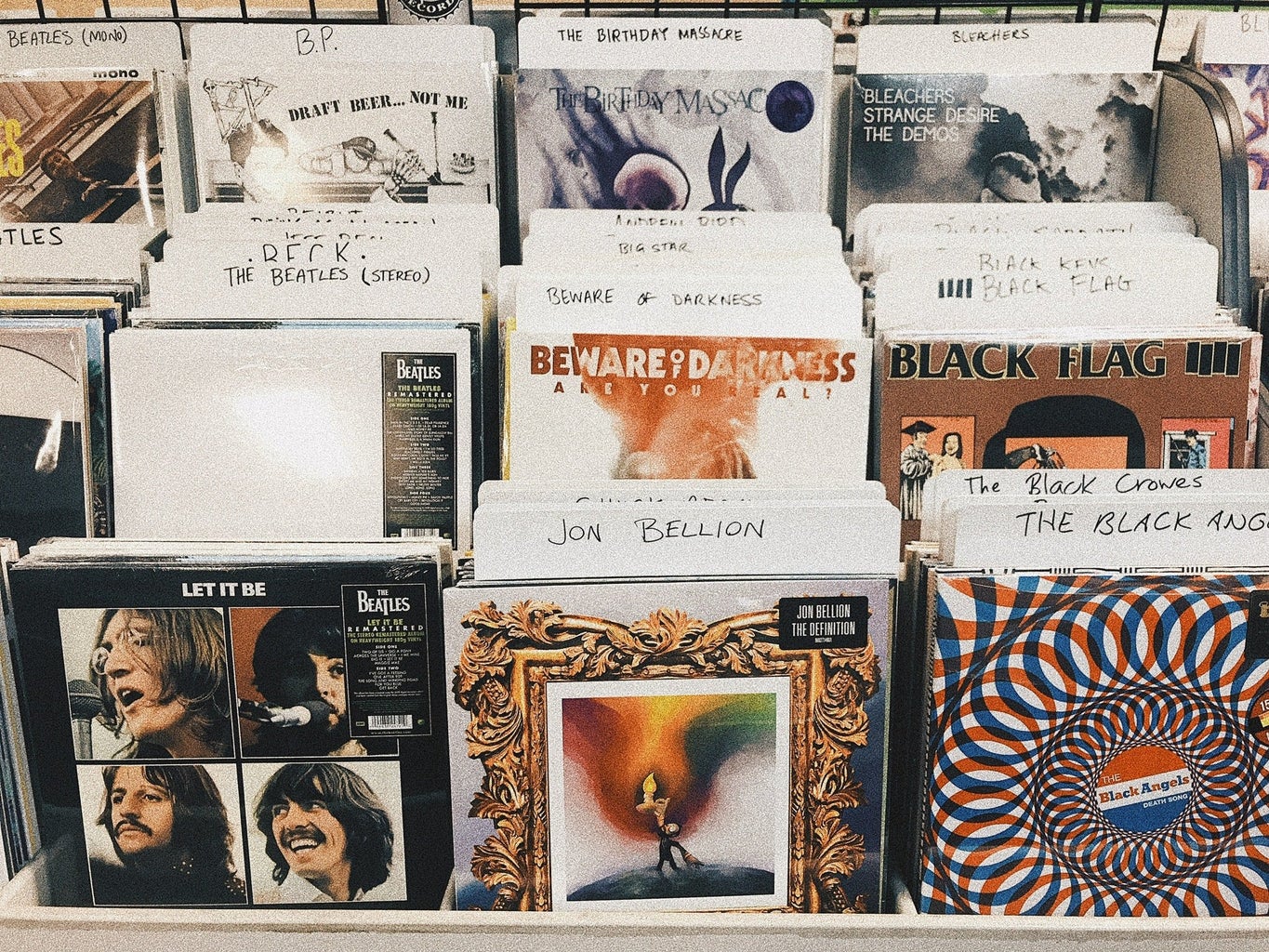The soundtrack of my life would consist of an unusual mesh of songs from decades in which I never belonged. My parents, ever since I can remember, would play the hits of their childhood, which were songs from the ‘70s and ‘80s. In addition, I had the music from my grandparents’ generation, which was the malt shop love songs of the ‘50s and the counterculture rock of the ‘60s. The essence and remnants of old music had always followed me wherever I was, which I think would explain why my 10-year-old self’s favorites playlist on her iPod consisted of the Grease Soundtrack, Little Anthony and the Imperials, and, of course, “Eye of the Tiger” by Survivor.
I’ve always had an admiration for older music, and, when Christmas came around in my eighth grade year, I naturally asked for a record player. It was at that moment when my life would change forever. I was introduced to the power of the machine which could read the grooves in this piece of vinyl and echo the essence of the music being played.
Accompanying my record player I was gifted Journey’s Greatest Hits album, Pat Benatar’s Get Nervous, and Taylor Swift’s 1989. I was so excited about them. I first opened the Pat Benatar record and instantly was hit with that strong smell of the past, the oaky smell of old paper that enclosed the vinyl itself. Then I placed the piece of vinyl on the player, and the sound that echoed from it was so serene; all the pops and scratches gave it this feeling of having lived. As it spun around in circles it would always get caught in this one place, but the fact that it would always skip on the same spot showed it was well loved. There is something so profound about how music connects with one’s most intimate thoughts and how they can be preserved in time through a piece of plastic. After listening to this record I then listened to the brand new Taylor Swift record, and it just didn’t have the same feel. There were no pops or cracks, and it didn’t have the same oaky smell. I wasn’t listening to a piece of history, like the other record. From that moment on, I only ever bought used records because I wanted to know the story and essence of each person who had possessed it prior to me.
During my time at Berkeley, I often pay visits to the two record stores nearest to where I live, Amoeba Records and Rasputin Records. These stores are archives of the past. They show us how people once felt, what was important to them, and, in some cases, what wasn’t. Walking down each aisle is like looking down a neighborhood of people; each record has a story behind it. Someone had loved it, cried to it, played a certain song on repeat, and when the record played all of that energy radiated out of it. In each of these record stores, you can smell the oaky smell of disintegrating paper, the smell of the past. That smell is the smell of the stories of all who came before us and what they believed to be most profound.
My record collection has come a long way from that of Journey’s Greatest Hits, Pat Benatar’s Get Nervous, and Taylor Swift’s 1989. It now consists of many different people’s stories and has a very pungent oaky smell of the past. But every once in a while, I’ll see those original records in my large collection and reminisce on the first time I was introduced to the compelling nature of the record player. Anytime I want to hear another story of the past, I turn to my collection of records, place one on the player, turn the dial, and listen to the echoes play.




